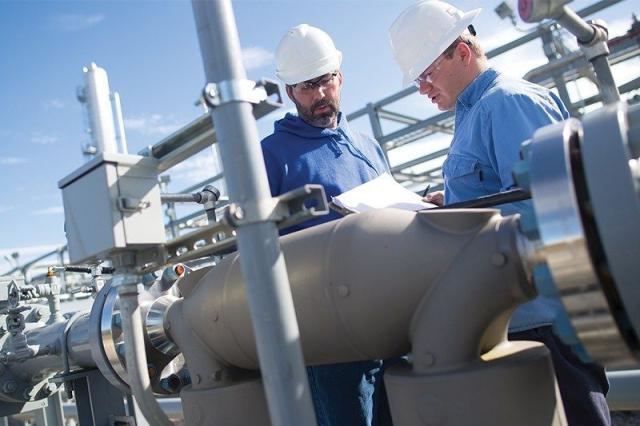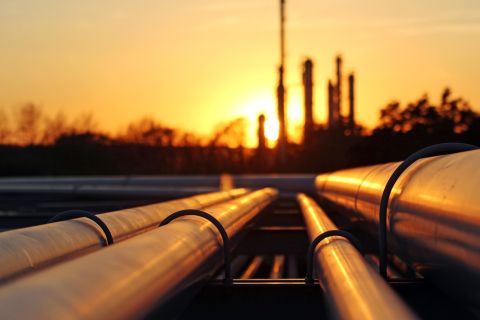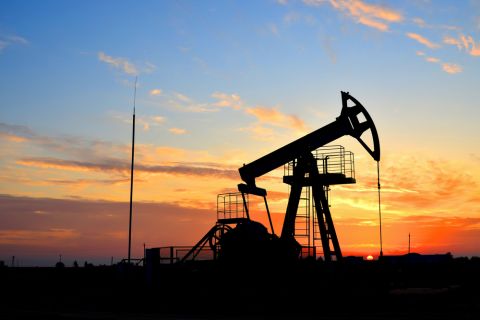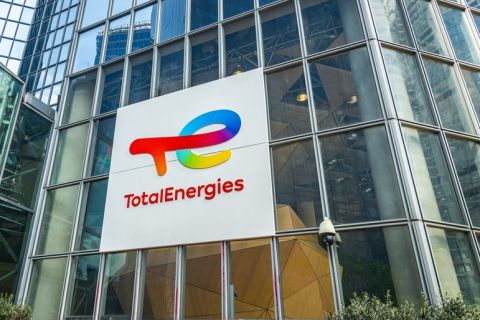
Through asset walkdowns and assessments, Emerson helps formulate an asset repair and system upgrade plan with an increased focus on data management. (Source: Emerson)
[Editor's note: A version of this story appears in the July 2020 edition of E&P. It was originally published July 2, 2020. Subscribe to the magazine here.]
Whether it be extending plant uptime or equipment life, boosting production, reducing operational costs, ensuring optimal opportunity crude blending or fine-tuning production rates to address sand, corrosion and erosion monitoring are key ingredients of upstream and refinery strategies. Yet, for all their clear benefits, corrosion monitoring technologies aren’t always used to their full potential.
The vast array of corrosion monitoring technologies on the market and the different applications they apply to can be confusing. For example, there are in-line corrosion monitoring technologies (e.g., corrosion coupons, electrical resistance probes and electrochemical probes) that provide the highest sensitivity and fastest response time on changes in fluid corrosivity.
There are also nonintrusive corrosion monitoring techniques based on ultrasonic methods that measure wall thickness and calculate corrosion rates based on changes in wall thickness. Such ultrasonic methods are best used for the confirmation and verification of asset conditions.
Finally, there is the electrical field signature method, where an electric current is fed through a monitored section of a pipe, pipeline or vessel. This is particularly effective in detecting corrosion distributed over a wider area.
In addition, there are also other questions corrosion monitoring teams need to address:
- Does the team have the knowledge and competence to maintain the corrosion monitoring system at all times?
- Does corrosion monitoring tie up resources that could be otherwise used in other parts of an organization?
- How can teams extract relevant information to optimize production rates or reduce crude costs?
Perhaps the most important question is why does the full value of corrosion monitoring remain unrealized— even with this range and variety of monitoring technologies available?
Leaving value on the table
To answer this question, it’s important to understand why value from corrosion monitoring can be left on the table without the right approach.
Firstly, and probably the most common reason corrosion monitoring strategies fail, is that the technologies used are not the right ones for the application. Corrosion monitoring technologies should be selected based on the material and corrosion mechanism to be monitored and what the information will be used for. Too often, however, suppliers promote their own solutions and products as the right ones for every challenge.
Secondly, users often fail to understand properly how to best use monitoring data. The processing and interpretation of data, for example, should be approached differently if used for alarm settings, process tuning or integrity management. Furthermore, if not handled correctly, data and reports may provide confusing and irrelevant information, reducing the motivation for using and maintaining the system.
Thirdly, there may be a lack of ownership in the organization when it comes to corrosion monitoring systems, with responsibility falling between different departments and exacerbated by a skills gap among personnel. This is particularly a challenge for offline systems, where manual actions are required for datapoints to be collected.
Furthermore, there is a risk that monitoring points are forgotten and left unused because they are often at locations where access is difficult (e.g., in refineries).
In summary, the potential value of a corrosion and erosion monitoring system is too often disregarded, and the potential downside to the operator is significant.
Planning, execution and relationships
How can corrosion monitoring technologies be better utilized? Key to this is better planning and execution and a closer relationship between the user and supplier from solutions design through to preventive maintenance, performance, and data evaluation and reporting. A closer and more transparent relationship between the user, solution and supplier—whether it will be on demand support through to fully managed systems—will lead to three key benefits.
First, it will lead to a better combination of monitoring technologies adapted to the actual materials, corrosion applications and intended use of data in the solution design phase as well as supporting possible upgrades in the operational phase based on systems knowledge and site walkdowns. Furthermore, suppliers need to be realistic if their products—whether in-line, nonintrusive or field signature method—are not best suited for the client application in question. In addition, online upgrades using wireless technology will contribute to better continuity in data collection and a more robust database for corrosion management.
Secondly, a closer relationship will lead to more effective preventative maintenance, carried out by personnel familiar with the monitoring system and with a minimal use of operator resources. In addition, corrosion and erosion data management will be processed and made available to reflect the actual needs and actions of the user.
Finally, the ability to have a clear vision of how to use the data properly and correlate such data with process and operational conditions will lead to increased safety, optimized production and reduced operational costs. This might include using data for opportunity crude blending in refineries or tuning production with respect to sand contents upstream.
The result is
- Improved safety with reliable corrosion and erosion data leading to a reduced risk of accidents or unexpected leaks;
- Enhanced integrity with continuous corrosion and erosion data to help plan maintenance and repairs, and increase plant uptime; and
- Reduced costs and higher profits through upgraded processes, such as the optimal use of corrosion inhibitors, maximum sand free production and opportunity crude optimization.
What it looks like on the ground
Emerson has seen operators benefit from this close-partnership approach into practice with a number of operators across the world. On example concerns an Asian operator that had a significant installed base of corrosion and sand/erosion monitors that had been purchased over time. Emerson conducted a series of asset walkdowns to assess hardware and software conditions and put in place a structured plan asset by asset for repair and system upgrades. Through wireless instruments and software, Emerson also ensured an increased focus on data management with operations having significantly improved.
Another example is a North Sea operator with a combined installed base of flow, corrosion and erosion monitors that saw a significant improvement in operations when partnering with Emerson. This was the result of walkdowns after installation to verify status and actions to ensure hardware performance, system upgrades and monthly performance and data evaluation reports. Services also included annual visits to check system performance and retrieve corrosion/coupons.
Realizing full potential
Products are not just about the hardware—they are about the people, information, workflow and support that create a complete service-focused and customized solution. Working closer with suppliers and operators can help realize the full potential of corrosion monitoring, increase safety, uptime and asset lifetime, reduce operational costs and take the pressure off of personnel.
Recommended Reading
Carlson: $17B Chesapeake, Southwestern Merger Leaves Midstream Hanging
2024-02-09 - East Daley Analytics expects the $17 billion Chesapeake and Southwestern merger to shift the risk and reward outlook for several midstream services providers.
Asia Spot LNG at 3-month Peak on Steady Demand, Supply Disruption
2024-04-12 - Heating demand in Europe and production disruption at the Freeport LNG terminal in the U.S. pushed up prices, said Samuel Good, head of LNG pricing at commodity pricing agency Argus.
What's Affecting Oil Prices This Week? (Jan. 29, 2024)
2024-01-29 - For the upcoming week, Stratas Advisors forecast that increase in oil prices will be moderated likely due to the U.S. being cautious in response to the recent attack on U.S. troops.
Total CEO: US LNG Shaky, Global Projects Brought into Spotlight
2024-02-21 - U.S. President Joe Biden’s decision to pause approvals for new U.S. LNG projects benefits similar projects around the world and casts doubt around U.S. supply, TotalEnergies’ Pouyanné told analysts during the company’s quarterly webcast.
Woodside Brings in the Know-how
2024-04-01 - Woodside Energy Group CEO Meg O’Neill is relying on technical sophistication to guide the Australian giant as it takes on three challenging projects in the U.S. Gulf of Mexico.




